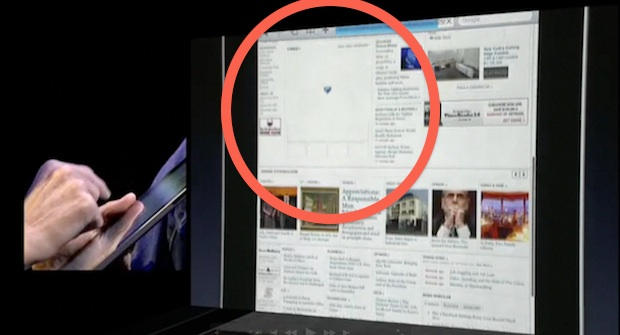
Software engineer Bob Burrough, has recently shed some light on the true reason why, late Apple CEO Steve Jobs, chose to oust Adobe Flash content from iOS, during a time in which Adobe Flash was one of the most popular leading technologies, in a World Wide Web predominantly accessed by desktop computer users.
As ancient as 2010 may be in technology terms, it was a time in which many technologies and devices we take for granted today, simply did not yet exist, while the majority of those that do still survive, are of a much different breed today than they were only six years ago.
In 2010, Adobe Flash was still popular, mostly because battery life was so horrible on most laptop computers, that the energy efficiency of a piece of software was irrelevant, and by that token, consumers converged towards more powerful desktop computers, while waiting for laptops to become the lighting-fast, all-day battery life powerhouses we enjoy today.
The reason why We have such amazing devices today, can be attributed to a switch from resource-hungry, bloated software, to more light-weight applications, many of them accessible on the fly, through a web browser, or downloaded on demand through an app store. Adobe Flash was the antithesis of that principle. It looked stunning, with a fluid rate of animation, but it was also heavy on the CPU, and memory, not the mention the fact that it required a plugin to be installed on the host system, without which, visiting any website built prior to 2005 was left with big grey empty boxes throughout, at least for those website owners with the foresight not to built their website as one gigantic Flash movie.
The official story, as we all have been taught, is that Steve Jobs deemed Flash a security nightmare, and simply too heavy and resource hungry to run on an iPhone or an iPad.
While that is still very true, it was not the only reason, as recently confirmed by former Apple engineer Bob Burrough, who explained in no uncertain terms why the legendary Apple co-founder got into his ugly skirmish with Adobe.
According to Burrough, Apple did test Adobe Flash on iPhones in 2008, with Flash-based apps like Pandora’s music service.
Security and stability concerns manifested quickly, and Adobe’s lack of response in regard to fixing bugs and addressing security resulted in Steve Jobs losing what faith he had left in Adobe’s ability to provide prompt answers and patches on issues that, on devices as responsive and sensitive as the Apple iPad and iPhone, couldn’t possibly go unnoticed.
Ultimately, Jobs was frustrated by the fact that Adobe’s CEO Shantanu Narayen “...would not take his phone calls...”, and decided that Adobe could not be trusted with the upkeep of Flash on iOS.
Six years later, history would confirm that Jobs made the right decision, as Adobe Flash, now largely ignored by developers, is still a bloated, resource-hungry mess, with no business on any battery powered device.
Ready to shop?
Shop for the ultimate deals in productivity at PortableOne where you’ll find the latest, powerful iPad Pro , as well as a complete range of accessories.